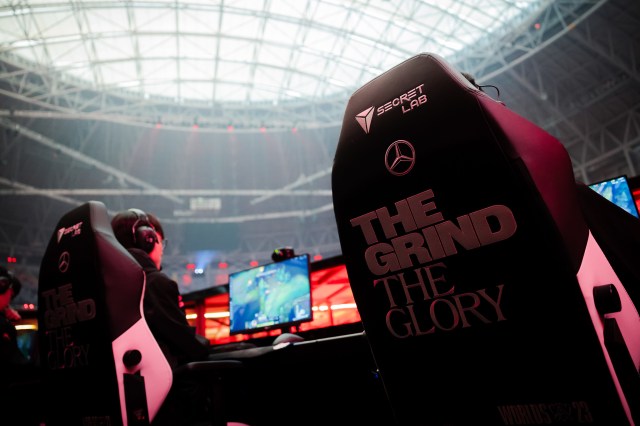Riot wants to make LoL esports more sustainable by taking notes from VCT business model
A new business model is coming to the tier-one League of Legends leagues across the globe, Riot Games announced today. This model, akin to the one introduced with the VALORANT Champions Tour, aims to bolster League esports’ revenue streams and the long-term sustainability of the game.
The new model was unveiled today in a blog post from Riot’s president of esports, John Needham, who introduced the shift from traditional revenue-sharing mechanisms to welcome more “predictable revenue for teams.” Emphasizing how the needs and dynamics of the esports ecosystem have evolved significantly over the years, Needham highlighted the importance of adapting the League esports business model to ensure its longevity and sustainability for all stakeholders, including the organizations.

He explained that the existing partnership model sees teams paying approximately $10 million to participate in an official league—like the LCS—and receiving 50 percent of certain revenues, primarily from sponsorships. But Needham acknowledged that the model now needs to be updated because “access to capital became limited, revenue growth didn’t catch up to cost growth, and team cash reserves dried up.”
Highlighting numbers from 2023 and the record-breaking viewership the LEC recorded at the beginning of 2024, Needham challenged the idea of the “imminent demise of esports,” describing it as “overstated.” But he didn’t shy away from talking about the business challenges that led many companies, including Riot itself, to reduce their workforce, as he introduced the new changes coming to the League esports business model as “the strongest path forward” for the industry.
“The changes we’re presenting to teams are intended to keep LoL Esports healthy and on a path to long-term sustainability,” Needham said. “In this context, sustainability means that LoL Esports can generate enough revenue to cover the costs of Riot, our professional teams, and other stakeholders investing in our ecosystem while also providing an enduring career for our best players to compete professionally.”

Under the new business model, teams in the LCK, LCS, and LEC will maintain their slots. As for the Chinese league, the LPL, Riot is currently working alongside the league to understand how its business model may evolve, according to Needham.
For the other three major leagues, the new model will be designed to enable teams to capitalize on the opportunities presented by the esports industry, ensuring stable revenue streams for long-term sustainability. By transitioning toward a fixed stipend and revenue sharing from digital content sales, the new business model proposed by Needham shifts the focus from reliance on sponsorships to leveraging the resilience and growth potential of digital sales. This shift ensures and fosters collaboration between teams and leagues, facilitating unified efforts to maximize revenue and drive growth in the digital content market.
“This new model also changes how we allocate and share digital revenue with team partners,” Needham said, explaining that thus far, only teams participating in League’s international events benefited from related digital content sales, limiting the revenue pool to “about 20-30 teams” per season.
To broaden the revenue distribution across the tier-one ecosystem—meaning the four major leagues—a Global Revenue Pool (GRP) will be established, which will distribute revenue through three key channels, according to Needham.
General shares make up half of the GRP and will be allocated to tier-one teams. Competitive shares will ensure 35 percent of the GRP will be allocated based on the competitive performance of teams, subsequently divided into regional and international event standings. Lastly, 15 percent of the GRP will go into fandom shares, which will reward teams for developing “strong fandoms for their players, leagues, and team brands.”
This approach is aimed at rewarding teams for their collaboration with the leagues, encouraging competitiveness, and fostering fan engagement. And to support the GRP further, Riot will introduce an increase in the “standard esports revenue share percentage” and release more digital content throughout the competitive season.
While Riot discusses the situation further with organizations and teams, fans can look forward to a future full of significant changes for League esports.
